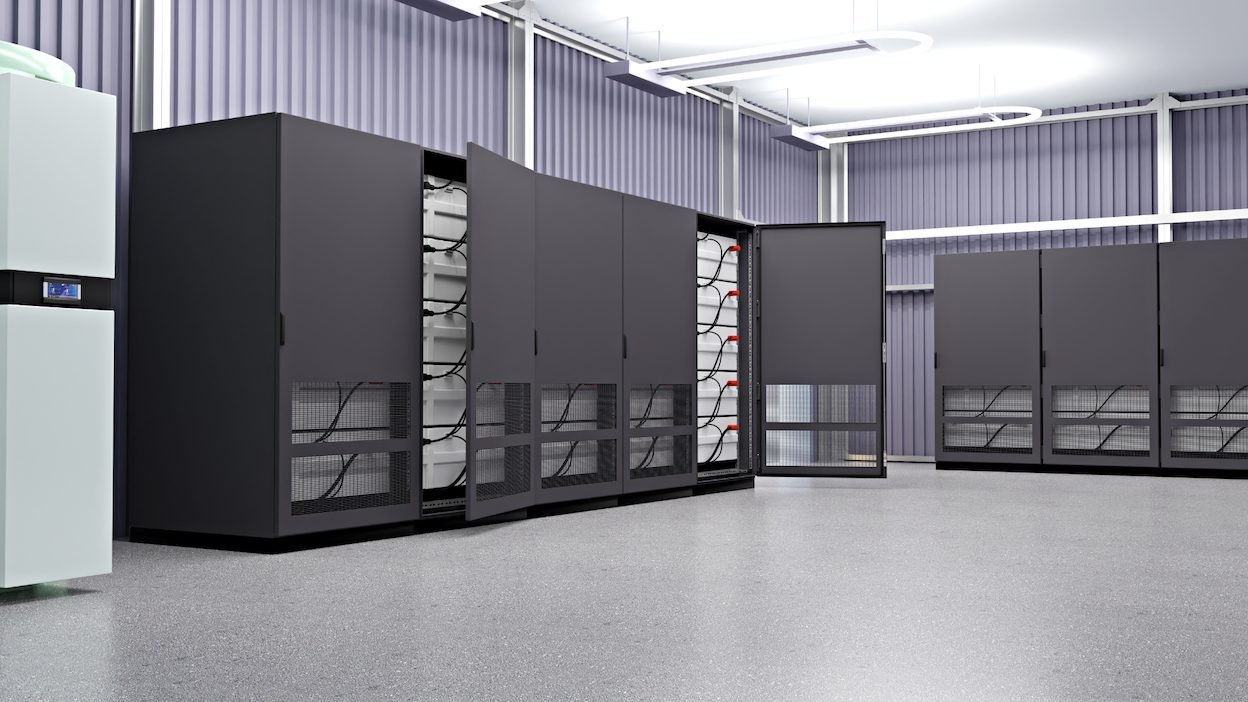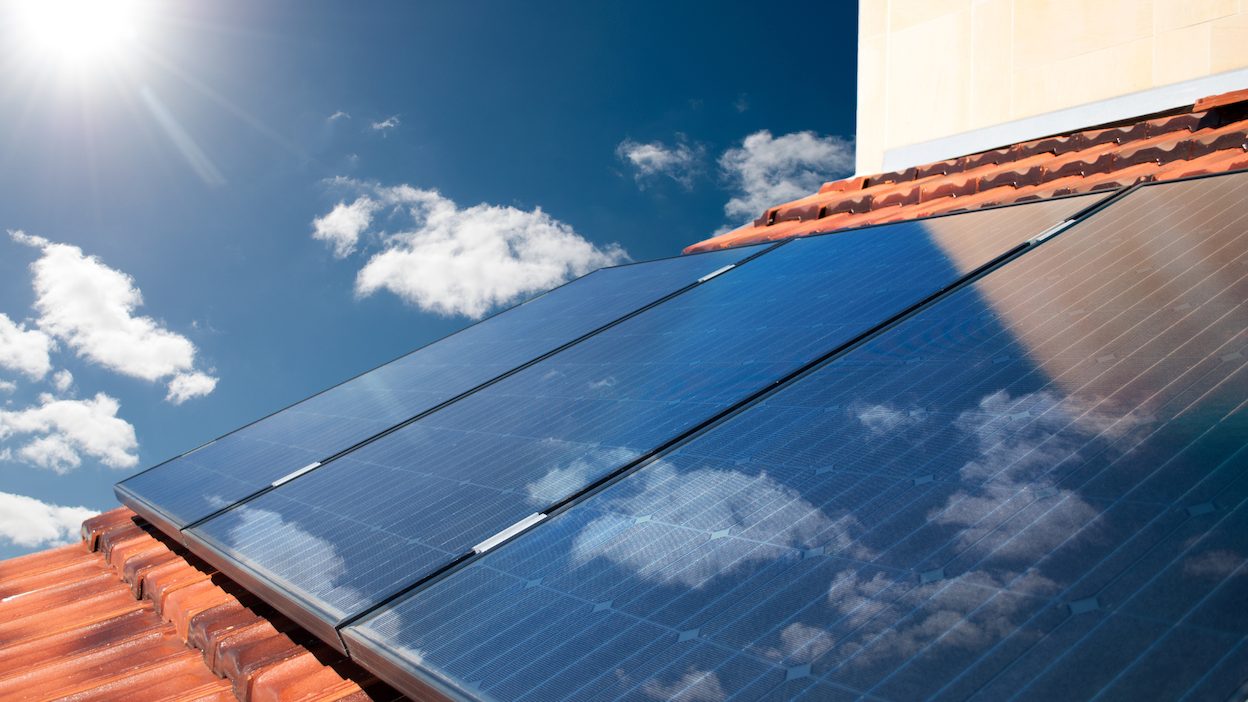WHAT IS THE SNRG SMARTGRID AND WHY IS IT SO IMPORTANT?
- Get link
- X
- Other Apps
The SNRG SmartGrid is a revolutionary renewable energy system for both residential and industrial & commercial developments, new and existing.
It meets the requirements of environmental legislation, offers solutions to common obstacles in decarbonising, and presents exciting opportunities to developers and, indeed, the nation, in transitioning to an all-electric infrastructure.
If that sounds like a bold statement, consider the benefits of this cutting-edge place-based energy system, and the solutions it offers to frustrating obstacles.
The SNRG SmartGrid:
- Removes upfront costs for developers, being fully-funded by SNRG
- Reduces energy bills to end users by up to 30%
- Increases long-term energy security and reliability
- Cuts greenhouse gas emissions through the use of renewable energy
- Overcomes grid restrictions, reducing the cost and timeline for a new grid connection
- Allows long-term solar on short-lease buildings
- Accelerates the all-electric transition
- Empowers a UK and energy storage revolution
- Uses software to increase energy efficiency
On a practical level, the SNRG SmartGrid brings the following additional benefits:
- More efficient distribution of electricity
- Reduced operations and management costs for utilities
- Reduced peak demand, which will also help reduce electricity charges
WHAT IS THE SNRG SMARTGRID?
The SNRG SmartGrid is a place-based energy system utilising solar PV, battery storage and intelligent energy optimisation, to provide a reliable, cheaper electricity supply, connected to assets such as EV chargers and heat pumps.
The SmartGrid is an energy management system that controls the generation, distribution and storage of electricity within the connected system.
A SmartGrid can be seen as a step up from a microgrid. The key difference is the fact that a SmartGrid uses software to manage energy flows, reduce carbon, support consumers and optimise flexible energy assets.

WHY DO WE NEED THE SNRG SMARTGRID?
As we move away from using fossil fuels, to meet net zero goals and in doing so, reduce climate-warming greenhouse gases, the SmartGrid offers a smart, renewable solution.
The SNRG SmartGrid reduces the risk, cost and complexity of the transition to an all-electric, zero carbon way of life. SNRG provides an end-to-end service designing, funding, building and operating bespoke SmartGrids.
HOW DOES THE SMARTGRID WORK?
A SNRG SmartGrid retains a connection to main-grid electricity, but does not demand as much from the wider grid, as it generates its own power, through rooftop or ground-mounted solar PV panels.
Intelligent energy optimisation seeks to maximise onsite, real-time consumption before any excess is stored and/ or exported, through a Battery Energy Storage System (BESS).
A typical scenario for a SmartGrid might run like this:
- From midnight, energy use of the buildings linked to the SmartGrid will be low, so main-grid electricity is used at a cheaper rate, to supply the energy demand and charge the on-site battery storage systems.
- Demand increases as we move towards dawn, and the SmartGrid batteries meet the energy demand, to avoid peak morning electricity usage that is expensive and carbon intensive.
- As the sun rises, the photovoltaic conditions improve and the PV panels start to generate electricity. They provide energy to meet the morning peak consumption, in combination with the residual energy battery storage.
- Towards midday, PV energy generation reaches its optimum performance and the excess energy generated charges, and is stored in the batteries into the afternoon.
- The evening peak is powered by the dwindling PV generation, and the energy stored within the batteries.
- Batteries continue to meet demand until near depletion, then mains grid supplies the energy to meet the energy demand, while also charging the batteries.
WHAT IS A BATTERY ENERGY STORAGE SYSTEM (BESS)?
BESS are rechargeable batteries that can store energy and discharge it when needed.
Typically located in secure battery storage compounds, the BESS stores excess solar, arbitrages the import price and can be used to provide flexibility services to the wider electricity system.

WHAT IS SOLAR PV?
‘Solar PV’ refers to solar photovoltaic panels, which consists of many cells made from layers of semi-conducting material, most commonly silicon.
When light shines on this material, a flow of electricity is created. The cells don’t need direct sunlight to work and can even work on cloudy days. However, the stronger the sunshine, the more electricity is generated.
As solar panels generate direct current (DC) electricity, an inverter is required to converted to generated energy into an alternating current (AC), which is used for household appliances.

>> Please contact us here to discuss how a SmartGrid could help your development or business.
- Get link
- X
- Other Apps
Comments
Post a Comment